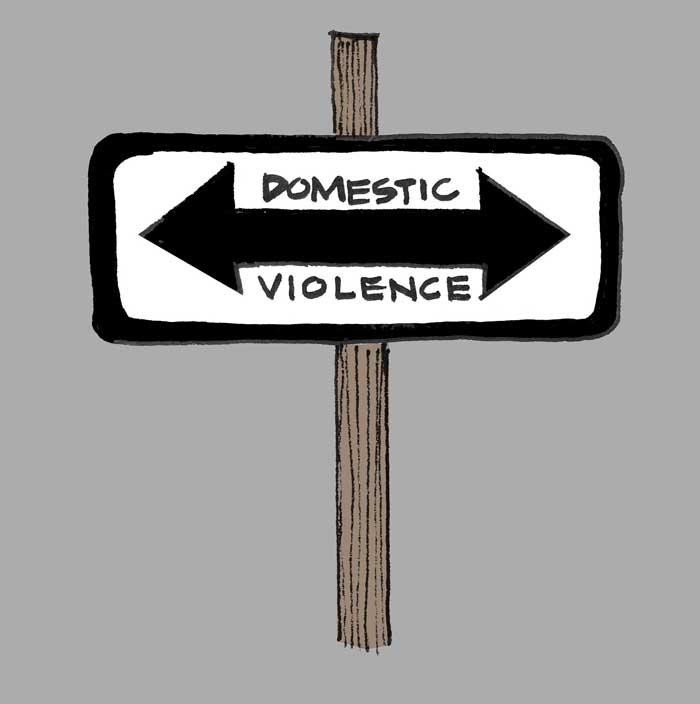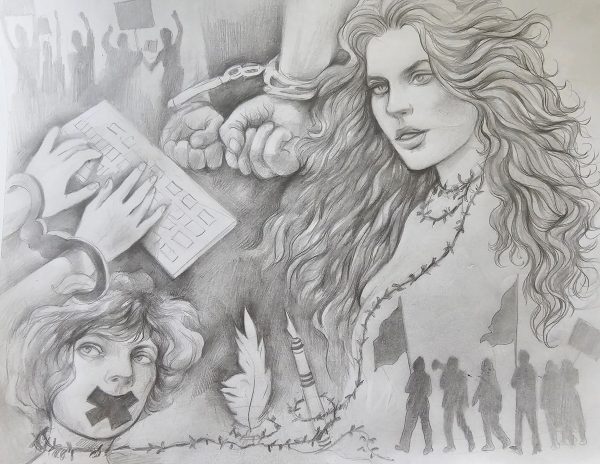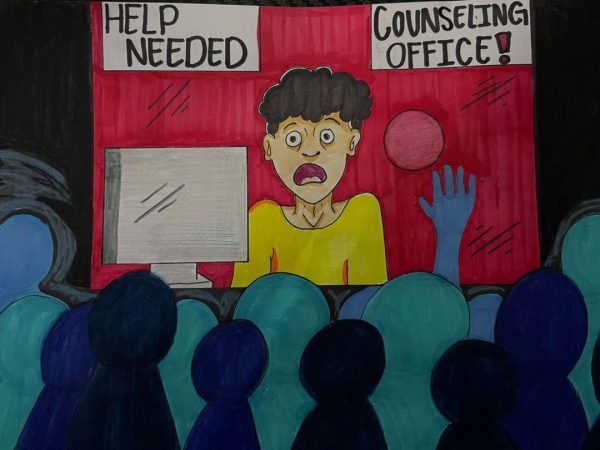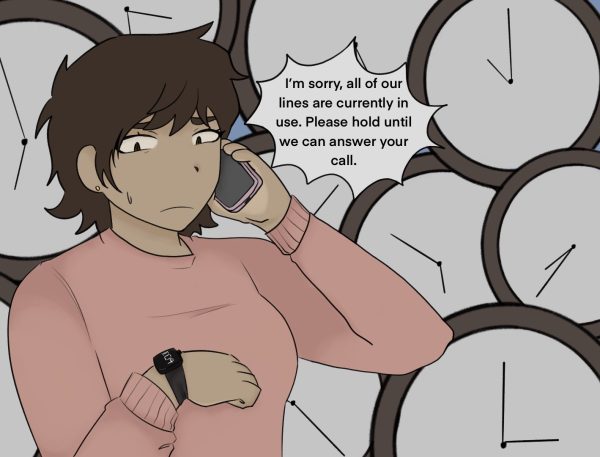Domestic violence must not become the norm
Domestic violence and abuse needs to stop. And whether it’s male-on-female or female-on-male violence, so do abusive relationships.
In March, a female student was violently shoved by her boyfriend after refusing to talk to him. A week later, another female student was dragged off a bench by her ex-boyfriend while her friends were verbally threatened.
In May, a male student yelled obscenities at a male staff member of the Art and Behavioral Sciences Building, because, according to his girlfriend, he easily became jealous.
This summer, a female student who recently broke up with her boyfriend reported to campus police that her ex took to social media to say negative things about her. Another was attacked by her boyfriend, who pulled her down to the ground by the strap of her purse.
And most recently, in Oct. 21, a female student was choked and hit by her ex-boyfriend. He told officers that they were just play fighting before he was arrested for battery.
These are instances of domestic violence that have occurred on campus this year alone.
Too often are abusive relationships sexualized and glamorized by entertainment media. The most recent and most commonly known being this year’s “Fifty Shades of Grey,” the film adaption of E.L. James’ best-seller.
According to Box Office Mojo, a website that tracks box office revenue, “Fifty Shades” made over $500 million worldwide.
“Fifty Shades” is the borderline erotic novel that unrealistically features the sexual practices of BDSM (bondage/discipline, domination/submission, sadism/masochism).
What’s most tragic about “Fifty Shades” is how oblivious it is to it’s terrible misconception of the erotic practices and abusive relationships.
Abuse isn’t okay. It isn’t sexy and neither are the rising occurrences of domestic violence on campus.
According to the National Coalition Against Domestic Violence (NCADV), “nearly 20 people per minute are physically abused by an intimate partner in the United States. During one year, this equates to more than 10 million women and men.”
In all cases, if domestic violence persists, major effects like mental illnesses can develop.
If you’re in an abusive relationship or know anyone in an abusive relationship, according to the NCADV, 1-3 women and 1-4 men have been victims of domestic violence, please reach out for help directly.
The Northwestern University Women’s Center has provided a list of behaviors seen in an abusive partner, which include, but aren’t limited to, the following:
- past abuse
- threats of violence or abuse
- breaking objects
- use of force during an argument
- quick involvement
- unrealistic expectations
- jealousy
- isolation
- hypersensitivity
- blaming others for their problems and feelings
- controlling behavior
The on-campus instances of domestic violence need to stop. We don’t think couples should keep these kinds of fights at home. They shouldn’t happen in public, and they shouldn’t happen in private: They need to stop completely.
And we believe that the solution starts at recognizing these abusive relationships before they turn into domestic violence.







